
Discover our comprehensive range of high-quality minerals and advanced materials for various industrial applications
From binding to sealing, absorbing, and lubricating, bentonite's properties as a highly absorbent, viscous clay make it valuable in a huge variety of industries.
Composed predominantly of montmorillonite, a fine-particle hydrous aluminum silicate, bentonite is a soft, plastic clay that typically forms from the alteration of volcanic ash after intense contact with water.
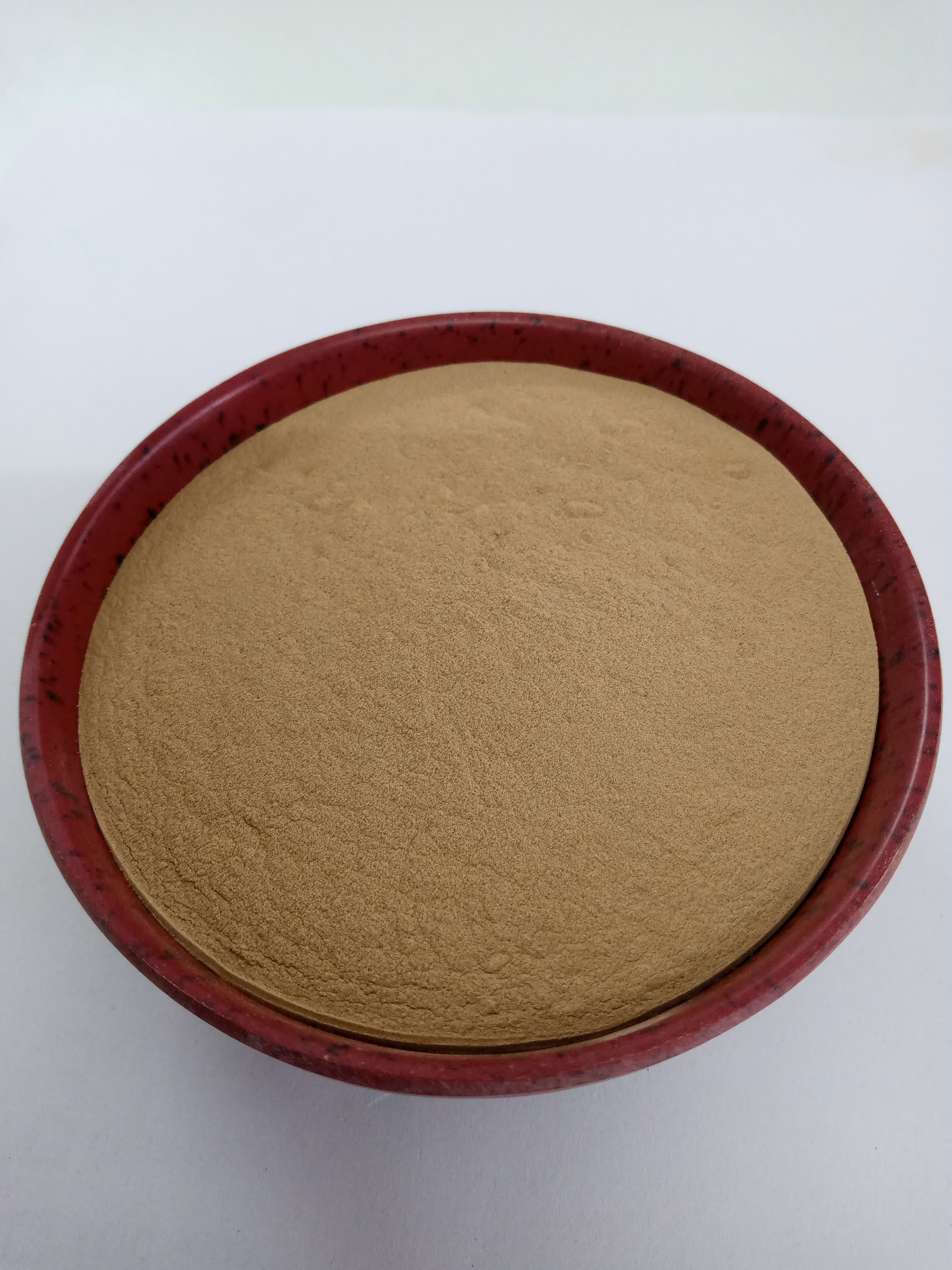
Also called quartz, white, or industrial sand, silica sand is made of two main elements: silicon and oxygen, which combine to form silicon dioxide (SiO2).
Silica Sand is often white or colorless, but its color can vary based on the other minerals and rock fragments in the sand. For a sand to be classified as silica sand, it needs to contain at least 98% SiO2 and no more than 0.04% iron oxide.
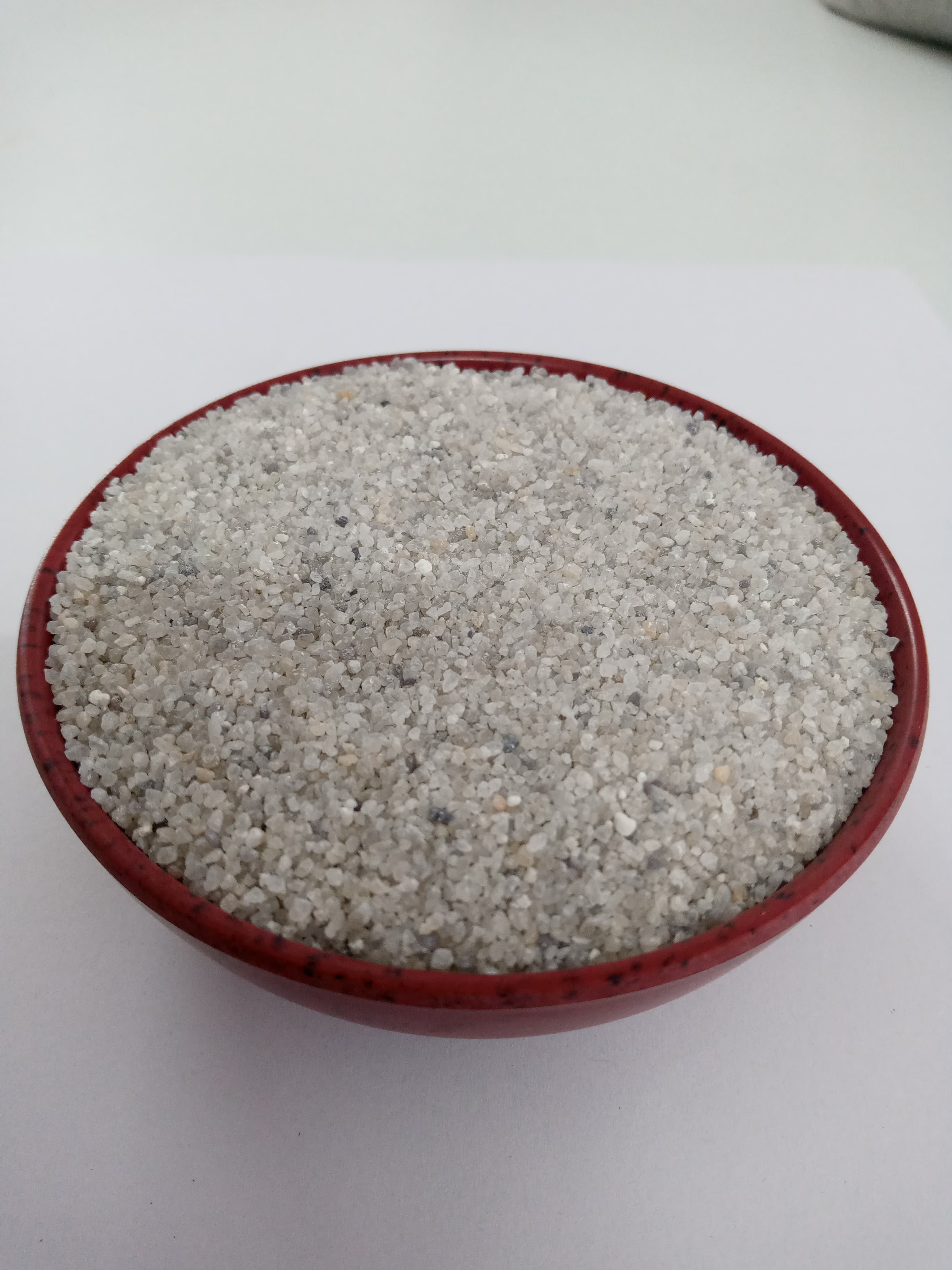
Ball clay is an exceptionally rare rock, found in a limited number of locations globally, but it is a critical base material in the manufacture of ceramics.
Formed from the weathering and water-based transportation of parent rocks, ball clay's composition can vary between seams within the same deposit. These fine-grained, highly plastic clays are a cornerstone of the ceramics industry.
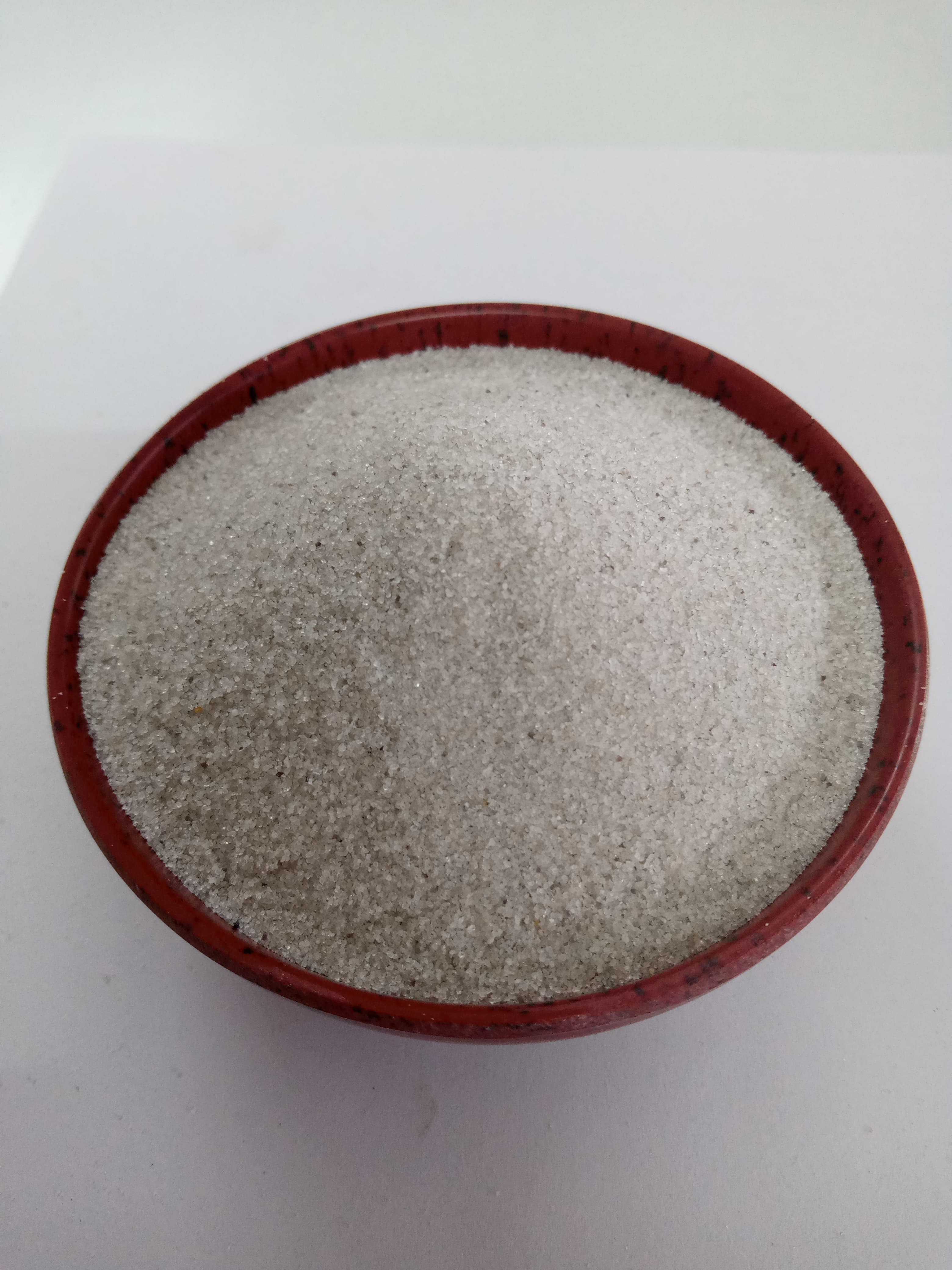
Laterite is a rusty-red soil layer that forms in humid, tropical, and subtropical climates. It's the result of extensive weathering of various rocks, a process that involves high oxidation and leaching.
This intense weathering leads to a high concentration of iron oxide, which gives laterite its distinctive color and links it to the weathering of basalt.
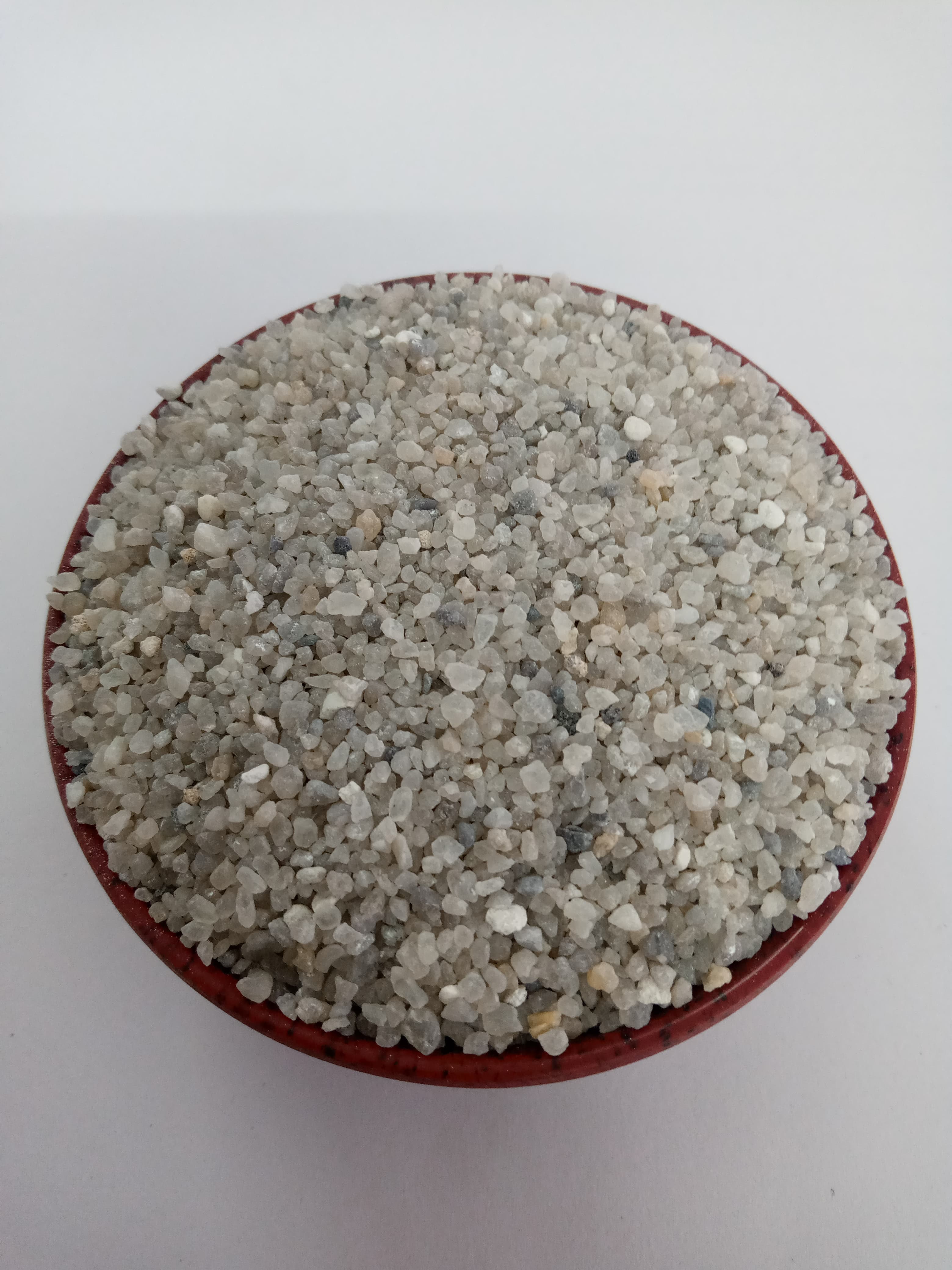
Kaolin, or kaolinite, is a soft, white clay mineral that is valued for its unique properties.
Its chemical inertness, adsorbency, and non-swelling capabilities make it an ideal material for a wide range of industrial applications, from ceramics and paints to cosmetics, pharmaceuticals, and agriculture.
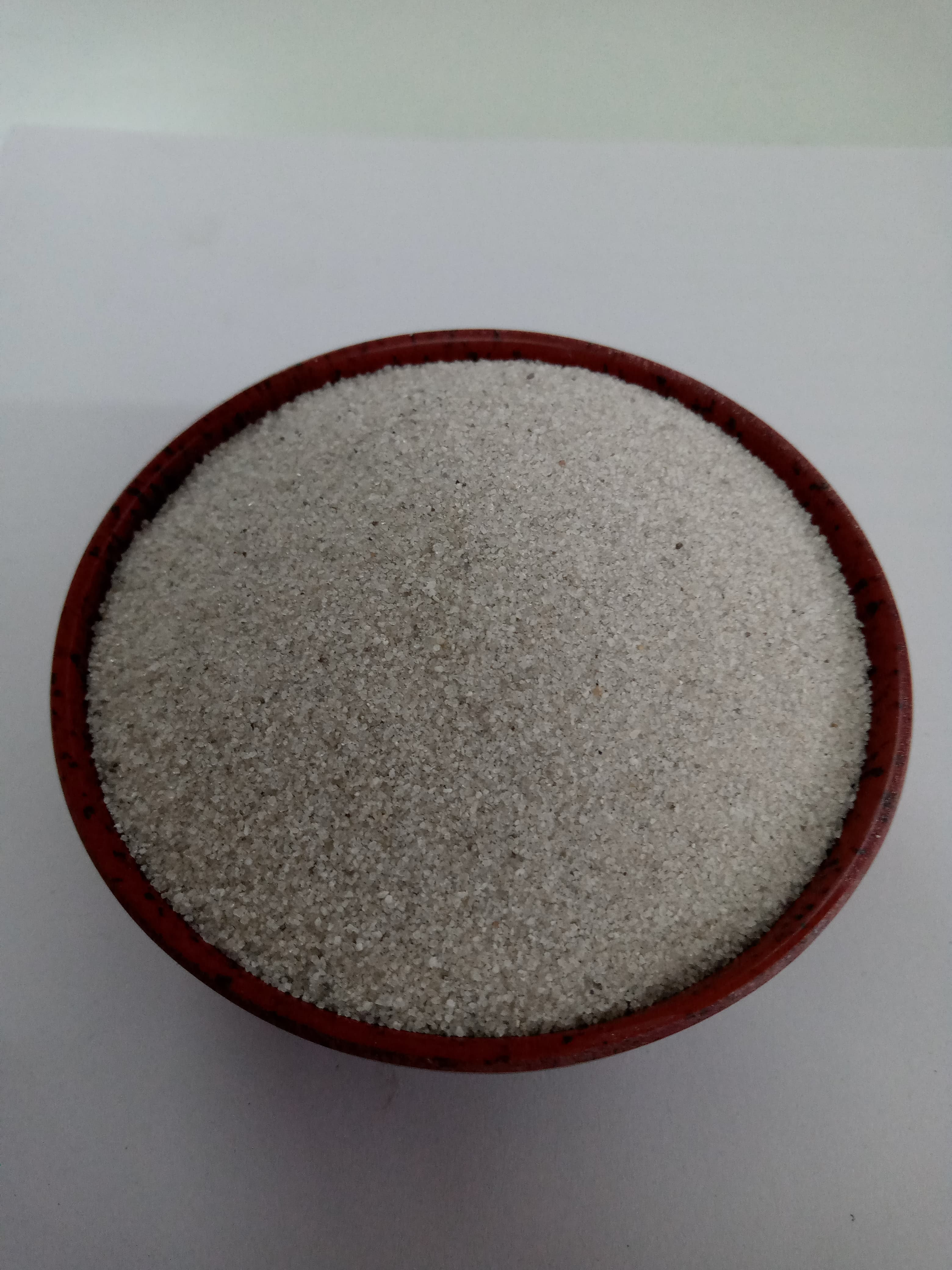
Mica is an ultra-platy mineral with a unique set of properties, including chemical resistance, resilience, and temperature stability, making it highly valuable.
This naturally occurring aluminum and potassium phyllosilicate forms in book-like structures that can be easily split into extremely thin, flexible, and transparent sheets.

Quartzite is a granoblastic metamorphic rock that forms from the recrystallization of sandstone or chert.
Consisting of more than 90% quartz, it can also contain accessory minerals like feldspar, micas, and detrital heavy minerals such as titanite, magnetite, zircon, and rutile.

Our experts can help you find the perfect mineral solution for your specific requirements